
Sudden infant death syndrome (SIDS) is a sudden death experienced by a previously healthy infant that occurs after the baby has been put to bed. This condition is a tremendous fear of many parents. Diagnosis of sudden infant death syndrome is established after all the potential causes of death are eliminated i.e. is achieved by exclusion. It is also obligatory to perform an autopsy and investigate the death scene along with circumstances of the death. Medical history of the infant and family history are both taken into consideration as well.
The syndrome is also known under the name crib death. Medical experts have identified various factors and conditions that are potential causes of sudden infant death syndrome. For instance, the death is more frequent among infants exposed to tobacco smoke. Genetics also seems to play significant role in this type of lethal outcome. Proper ventilation and sleeping on the back are two factors that may prevent sudden infant death syndrome. There are several more precautionary measures each and every parents needs to be familiar with, which are going to be mentioned within this article.
Frequency of Sudden Infant Death Syndrome
In the year 2005 sudden infant death syndrome caused lethal outcome in 0.543 per 1,000 infants. In the period between 1992 and 2004 the number of deaths caused by the syndrome dropped significantly (from 4,895 to 2,247).
During many years of research scientists have managed to identify some characteristics and the distribution of the syndrome. For example, the condition is more frequent among infants sleeping in the prone position. Furthermore, the syndrome is equally reported in male and female infants. It seems that SIDS spares infants at birth. Fortunately, the risk of the syndrome in subsequent sibling is not that high. The death occurs during sleep most and is considered to be present more if parents are smokers and expose their child to secondhand smoke.
Risk Factors
The actual cause of sudden infant death syndrome remains a mystery. Medical experts have managed to identify some risk factors all of which are classified into before birth and after birth risk factors.
Before birth factors include teenage mothers, lack of prenatal care and exposure to nicotine (maternal smoking). After birth risk factors are exposure to mold and tobacco smoke, low birth weight, premature birth, prone sleep position, absence of breastfeeding, drastic changes in room temperatures. Sleeping with parents, excess bedding/clothing and anemia are several more risk factors that increase the chance of developing sudden infant death syndrome.
Apart from the mentioned there are additional hypotheses that may explain certain cases of the syndrome but are not actually adopted as actual causes of the condition.
For example, the syndrome may be associated with bacterial infections caused by Staphylococcus aureus or Escherichia coli. Also, bed sharing increases the chance for the infant to have his/her airway covered and end up death. Specific changes and abnormalities in the brain stem as well as improper development of receptors for serotonin may play role in sudden infant death syndrome. As a matter of fact these abnormalities may be blamed for death of children after the first year of infancy.
Furthermore, SIDS may result from cervical spinal injury associated with birth trauma after which an infant may experience severe breathing difficulty. Unfortunately, not all the cases of death occur spontaneously. The statistics shows that 5-20% of cases that were first classified as SIDS are actually infanticides.
Today scientist investigate central respiratory pattern deficiency as a potential cause of SIDS. Genetics is another field of current investigations.
Such children may have certain level of inner ear damage. Finally, exposure to outdoor NO2 within the first days of the child's life and exposure to toxic nerve gases produced by fungi in mattresses may have something to do with the syndrome.Prevention
Certain measures are of major importance for prevention of sudden infant death syndrome.
First of all, fans that efficiently improve air circulation may reduce the number of SIDS cases in children who sleep in the prone position. Better air circulation allows such children to breathe in the air enriched with oxygen which sometimes is not the case if there is no proper air circulation.
Infants should sleep in beds that do not contain pillows, sleep positioners and bumper pads. Stuffed animals or fluffy bedding are forbidden as well.Breastfeeding and vaccination are both considered to reduce the risk of sudden infant death syndrome.
Additionally, pacifiers seem to act protectively against SIDS. The lethal outcome is rare if there is reduction in or complete absence of secondhand smoke. Sleep position plays important role in prevention too. Namely, most parents are recommended to place their infant on the back, and always opt for this position when the baby is asleep.
Finally, playtime strengthening is achieved when the child is awake. He/she may be placed on the stomach which actually encourages the baby to lift his/her head and make the neck and the back muscles stronger.


_f_280x120.jpg)


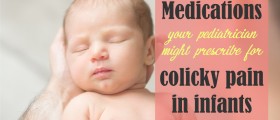

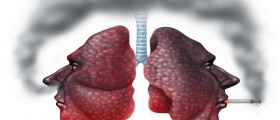

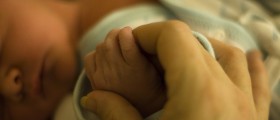


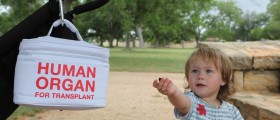
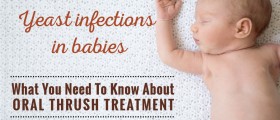



Your thoughts on this
Loading...